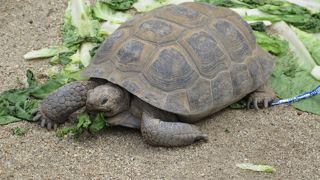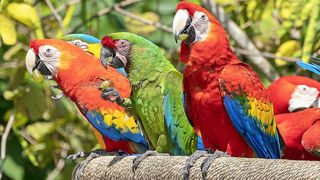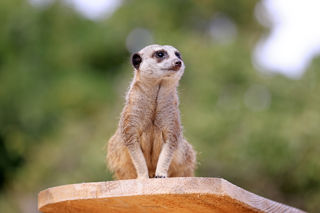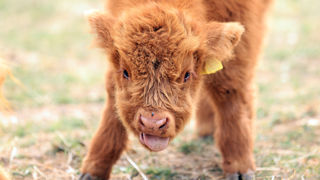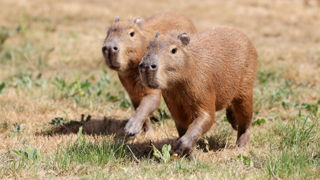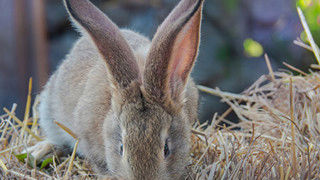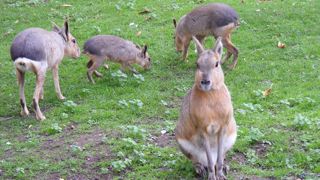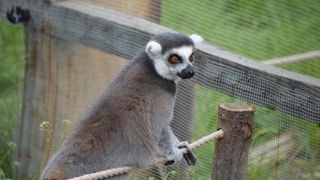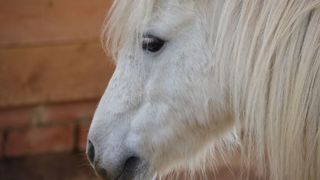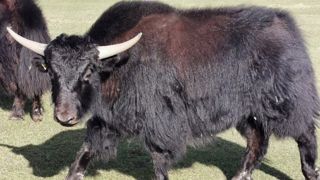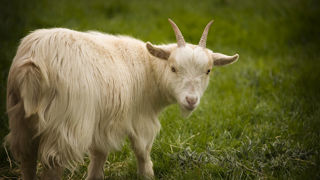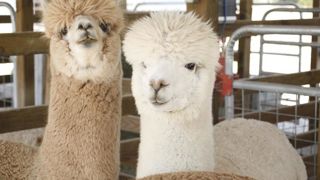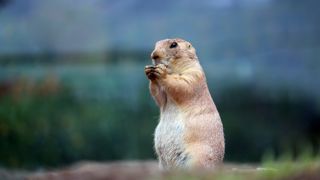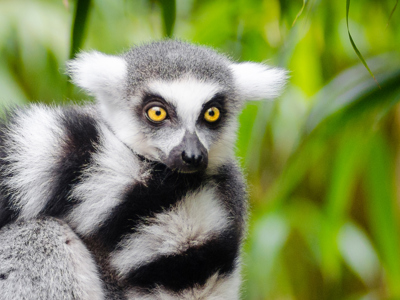
Animals
From capybara to parrots, Hobbledown Heath is home to a wide collection of farm and zoo animals. All are housed in unique, spacious enclosures with runs, tunnels, and bridges which encourage natural behaviours while also giving our guests the chance to come face-to-face with our animals – and giving our animals the chance to come face-to-face with you!
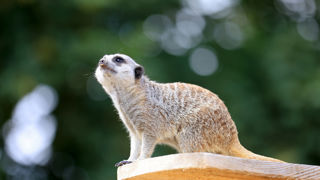
Meet our animals
Enjoy daily keeper talks, animal walks, demonstrations and more. Get up close and personal with our permanent animal walkthroughs – and, if that’s not enough, book your own personal face-to-face experience…
Our Conservation, Research & Environmental Work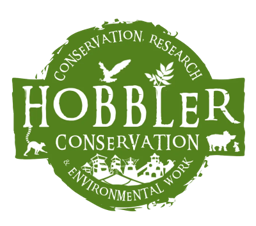
Learn more about the work we do here at Hobbledown to protect animals & the environment.
Guided by FACE — Family Animal Contact Experiences to Forging Active Conservation Education — we aim to connect guests with our animals to inspire care and stewardship for the natural world
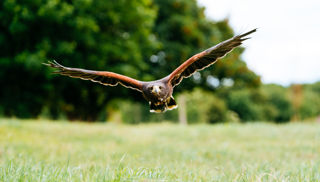
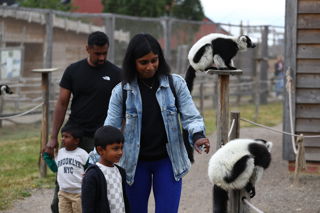
Animal Experiences
Book a face-to-face experience with our one of our amazing animals today!
